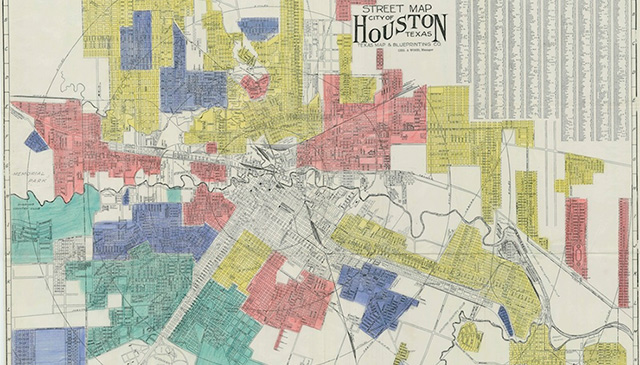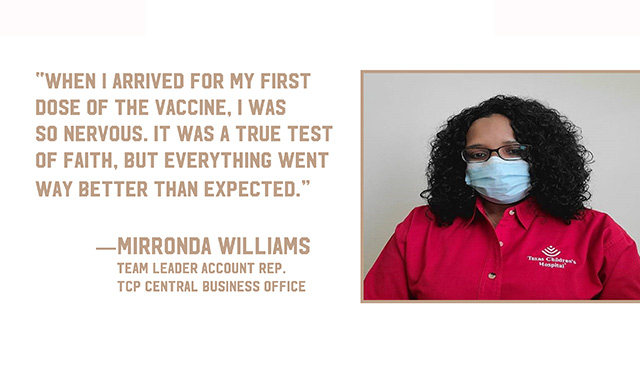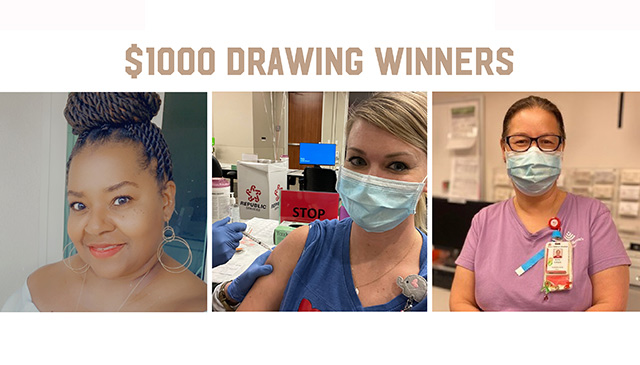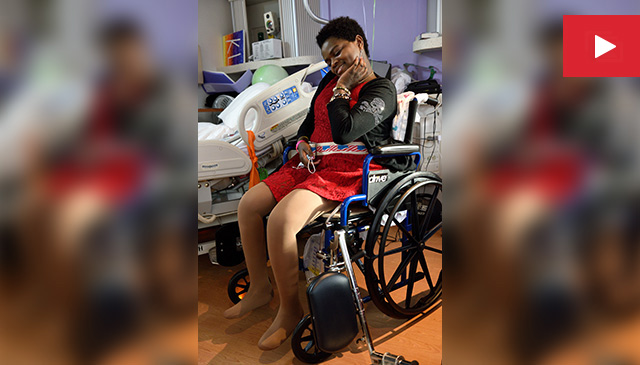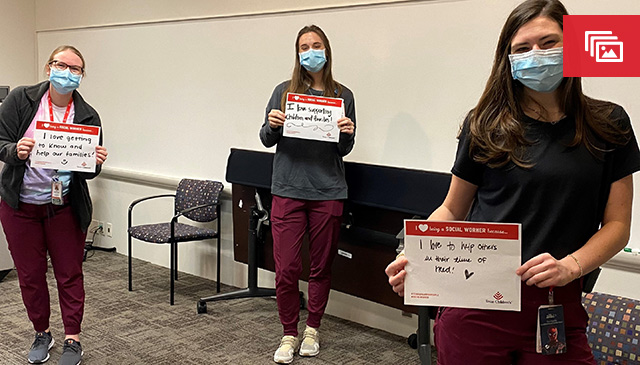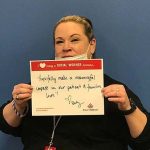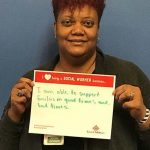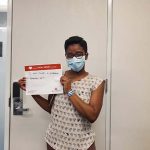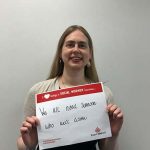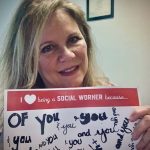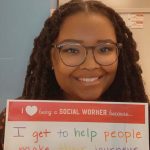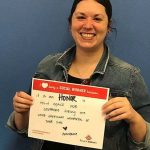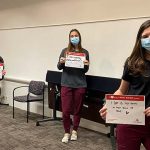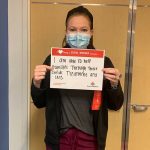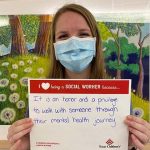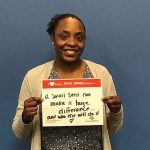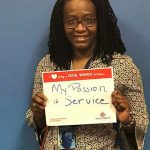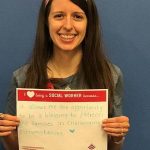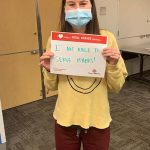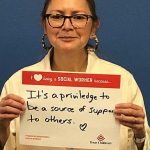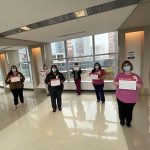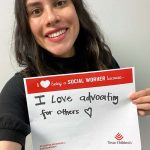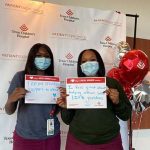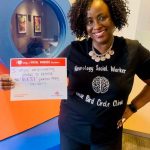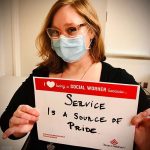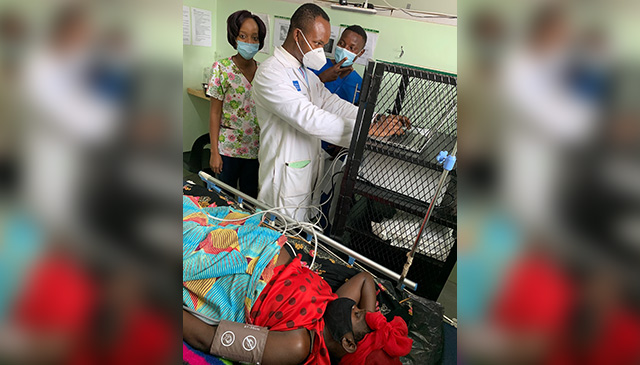
Texas Children’s is using artificial intelligence technology to remotely monitor vital health data for expectant mothers in Malawi, giving providers a new tool to help patients avoid the risky situations that can arise during childbirth – and all from literally an ocean away.
In a unique public-private partnership that brought together Texas Children’s, Baylor Foundation Malawi, Ministry of Health Malawi and software solution company PeriGen, PeriWatch Vigilance successfully went live on March 10 at Area 25 Hospital in the capital city of Lilongwe.
An automated early warning system and clinical decision support tool for obstetrics, PeriWatch Vigilance is designed to enhance clinical efficiency, timely intervention and standardization of care. The technology uses artificial intelligence and other analytical techniques to continuously analyze maternal vital signs, fetal heart rate, contractions and labor progression.
Once the data is collected and analyzed, the Periwatch Vigilance platform associates it with predefined bed or room locations within the system. Approved providers can then view and access the data for each patient at Area 25, which is collaboratively run by Baylor Foundation Malawi and the Malawi ministry of health and performs more than 7,000 deliveries each year.
“This initiative represents a paradigm shift in care for Sub-Saharan Africa,” said Dr. Michael Belfort, Texas Children’s OB-GYN-in-Chief. “The use of advanced artificial intelligence programs to address the needs of a low-resource environment is an ideal way to leverage technology to the benefit of all.”
The Periwatch Vigilance project team at Texas Children’s worked closely with partners in Malawi to overcome many of the obstacles they faced when implementing the new technology, including network infrastructure and procuring the necessary workstations. They also had to work within a complex security design to ensure Texas Children’s data and infrastructure remained safe.
“The technical infrastructure present in Malawi provided some unique challenges that required strong partnership with our vendor, Malawi staff and the Texas Children’s Information Services department,” said Ashok Kurian, Director of Data & Analytics, Information Services. “The teams worked together to develop a solution that would allow for secure data transfer, which overcame these challenges.”
Project team members included Melissa Blado, Mark Carey, William Cheong, Jeremy Church, Keith Garcia, Terry Hamidi, Farkhad Kasumov, Justin McMillan, Veena Nagarajan, Tina Oduguwa, Dan Parker, Aaron Rainey and Melissa Witt.
With the lessons they learned to launch PeriWatch Vigilance in Malawi, the IS Department anticipates deploying the same technology to other African countries in the future – particularly Botswana and Uganda, which are also part of Texas Children’s Global Health Network and have already been discussing, planning and constructing their approach.
Created in 1999 by the Baylor International Pediatrics Aids Initiative (BIPAI), the network catalyzes pediatric and family HIV care and treatment, and continues to be the largest provider of pediatric HIV care in the world. Through its partnership with Texas Children’s, the network has also expanded its scope to include tuberculosis, malnutrition, Sickle Cell Disease, oncology, cardiology, emergency medicine, surgery, anesthesiology and maternal health.


